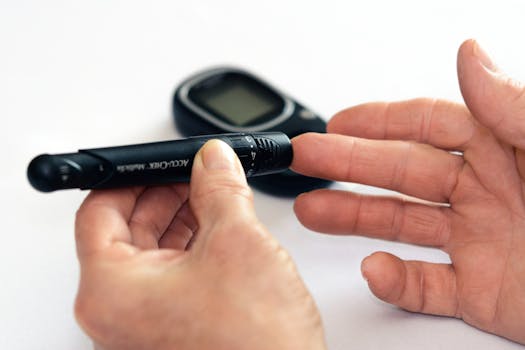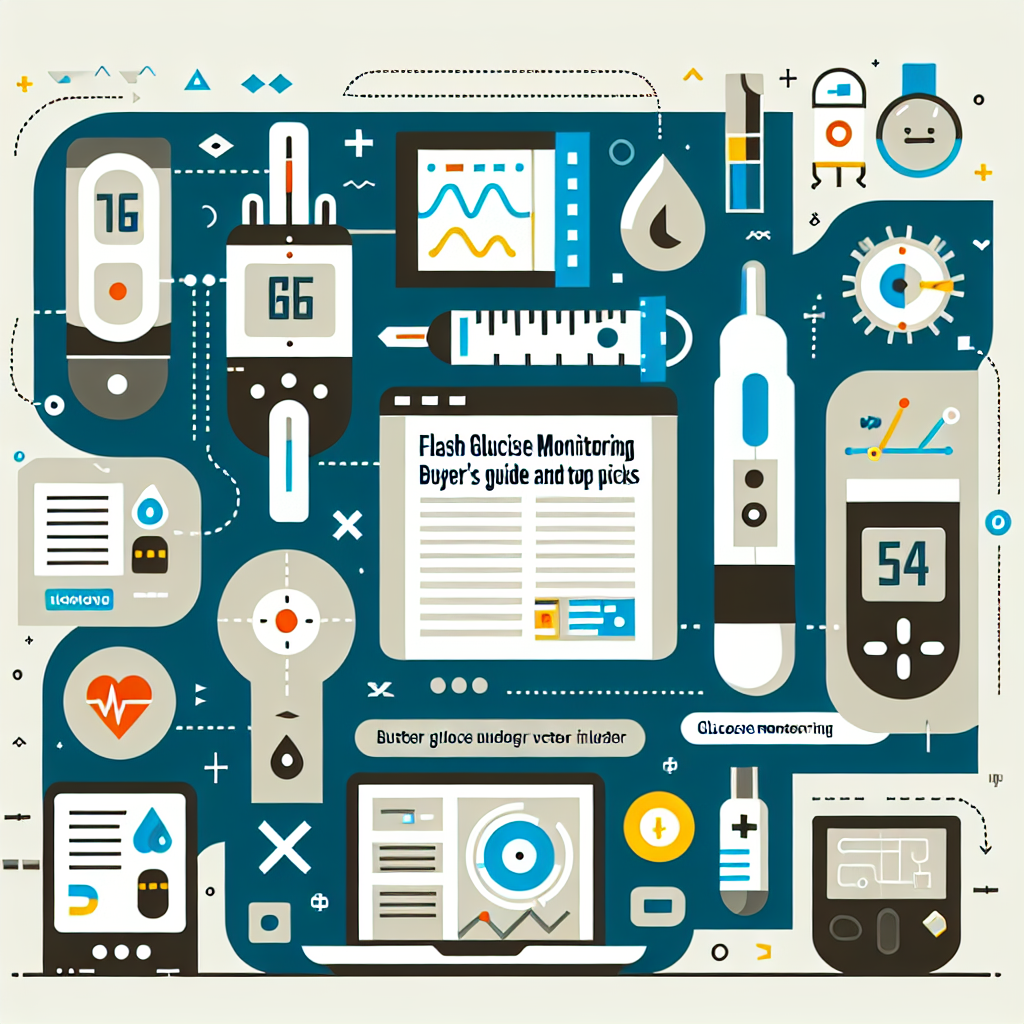Understanding post meal sugar level is crucial for managing your health and well-being, especially if you are monitoring blood glucose levels. After eating, your blood sugar levels naturally rise due to the carbohydrates you consume. However, if these levels remain elevated for too long or rise too high, they can indicate challenges in glucose metabolism that may require attention.
What is Post Meal Sugar Level?
Post meal sugar level, also known as postprandial glucose, refers to blood glucose levels measured after eating. It provides insight into how your body handles glucose and can help identify any issues with insulin resistance or diabetes management. Monitoring these levels is particularly important for individuals with diabetes or those at risk of developing it.
Understanding Blood Sugar Levels After Eating
Typically, blood sugar levels are tested at various intervals after meals, such as 1 hour after meal blood sugar, 2 hours after eating, and 3 hours after meal blood sugar. These measurements help assess how quickly the body clears glucose from the bloodstream.
A 180 blood glucose level 1–2 hours after eating can often be seen, but staying above this level may suggest underlying health issues. For most non-diabetic individuals, blood sugar levels should ideally return to normal within 4 hours after eating.
What Should Blood Sugar Be 3 Hours After Eating?
Normal blood sugar levels after eating typically decrease over time. At 3 hours post-eating, non-diabetic individuals might expect blood sugar to moderate close to fasting levels. Continued high levels could indicate a need for dietary or medical intervention.
Normal Blood Sugar Levels Post Meal
Typically, normal blood sugar levels immediately after eating spike and reduce over time. A normal postprandial glucose level is key to maintaining overall metabolic health. Charts depicting blood sugar levels after eating can help track these changes and identify patterns or concerns.
Factors Affecting Blood Glucose Levels Post Meal
Several factors can influence post meal sugar levels, including the type of carbohydrates consumed, the presence of proteins or fats, activity levels, and individual metabolic responses. Different foods, meal size, and even stress levels can impact these measurements significantly.
Monitoring and Managing Blood Sugar After Meals
Frequent monitoring can provide actionable insights into when and why glucose levels rise abnormally. It also aids in preventing long-term complications associated with chronic high blood sugar, such as cardiovascular issues. For those managing diabetes, understanding these trends is essential.
People interested in deep diving into diabetes management can explore resources like our guide on diabetes management strategies for 2024.
Practical Steps to Keep Post Meal Sugar Levels in Check
Balancing your diet with low-glycemic foods, staying hydrated, and incorporating physical activity can help maintain normal postprandial glucose levels. These lifestyle adjustments, alongside medical advice when necessary, support better glucose management.
For an objective and educational exploration of blood sugar management, consider consulting comprehensive resources such as the Wikipedia Health page.
Takeaways
- Monitoring post meal sugar levels is crucial for understanding glucose control.
- Typical levels spike 1 to 2 hours after eating but should lower towards fasting levels by 3–4 hours.
- Diet and lifestyle choices strongly impact blood glucose levels.
- Consistent high postprandial glucose levels need medical evaluation.
- Effective management includes healthy eating, physical activity, and monitorization.
FAQ
What is a normal blood sugar level immediately after eating?
Immediately after eating, blood sugar levels typically increase, reaching their peak approximately 1 hour after a meal. In healthy non-diabetic individuals, this usually doesn’t exceed 140 mg/dL.
What should blood sugar be 3 hours after eating?
About 3 hours after eating, blood sugar levels should ideally be close to fasting levels, generally below 140 mg/dL, for non-diabetic individuals.
What is a normal blood sugar spike after eating?
A normal spike typically sees blood sugar levels peaking around 140 mg/dL, but drops back closer to normal fasting levels as the glucose is cleared from the bloodstream.
Are blood sugar levels 4 hours after eating important?
Yes, they can be an indicator of how well your body processes glucose. Persistent elevation 4 hours after eating may warrant further investigation.
How can I maintain healthy glucose levels post meal?
Adopting a balanced diet, staying active, and regular monitoring can significantly help in maintaining healthy post meal sugar levels. Consult healthcare professionals for personalized advice.






